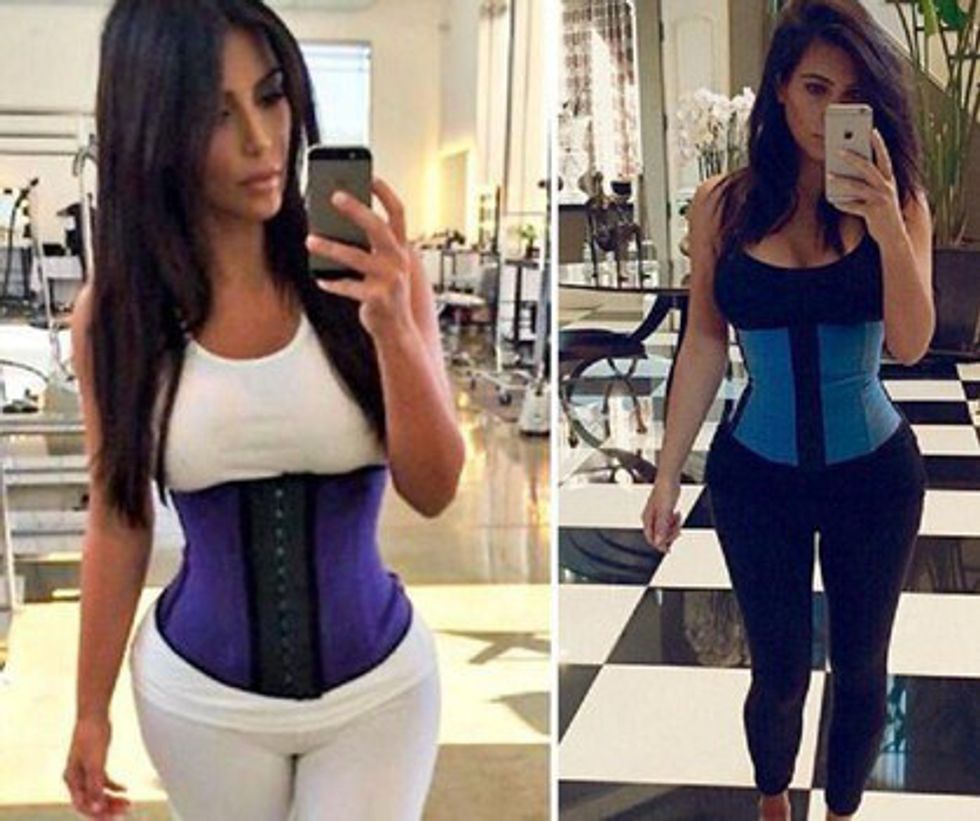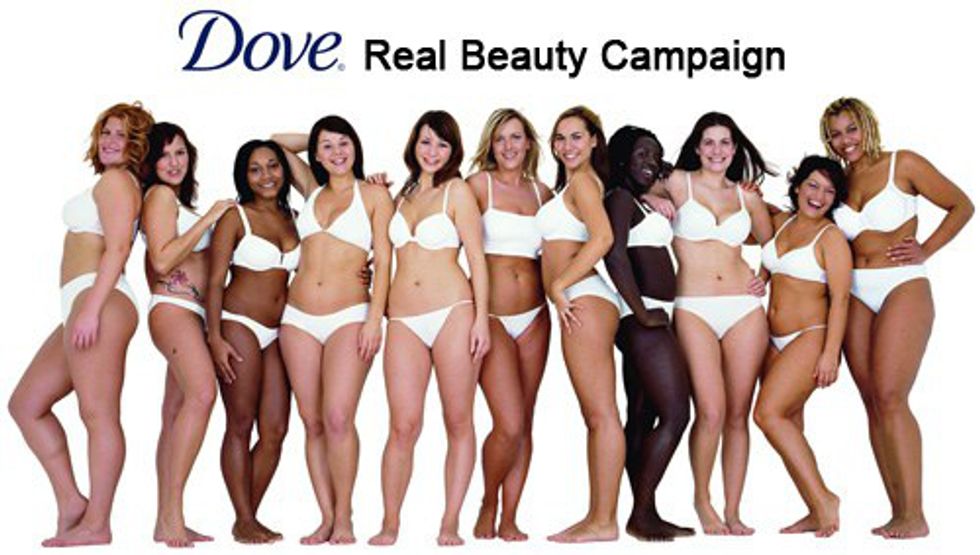In a dynamic world where social media reigns supreme and millennials are being told from every direction 24 hours a day how to think, act, what to wear and particularly how to look – life can start to seem a little overwhelming and staying positive about our bodies and lifestyles can be extremely difficult.
#Bodypositivity, a movement currently sweeping the nation, has become the catalyst for major change in the way we as a culture perceive ourselves, our lifestyles, and the skin we are in; encouraging our generation of young people to metaphorically “filter” the way we let the world around us dictate how we feel about the way we look. Everywhere we turn there’s some Instagram “model” telling us to buy into a new workout program or “fit tea,” or an overly photo shopped celebrity sharing their top “weight loss tips.” The most interesting trend recently has been endorsements of waist trainers to achieve the #bodypositive celebrated, curvy figure. It’s so easy to not feel attractive or wanted by the people around us, when the media outlets that have become such an integrated part of our lives is spouting from every direction that we aren’t.
[Image via examiner.com]
This isn’t all new information, and I am sure anyone reading this is perfectly aware of the way in which they are letting the world and its unrealistic expectations affect them. That’s not what I want to focus on – what I want people to try and better understand is that it’s not about loving aspects of yourself that align with OTHER beauty stands (curvy, thin, thick, etc.), it’s about accepting the beauty in our differences, and that not every body being built the same is okay. The #bodypositivity movement has made impressive strides in changing the way women and men feel about their bodies, but I believe in celebrating other specific beauty standards (being curvy for instance), you are neglecting the body variances that fall between the cracks. This isn't to say that #bodypositivity does not strive to address this, but that I am still noticing an emphasis on two sides of the same unrealistic coin when it comes to body expectation. What about the girls that aren’t thin but don’t have a huge ass or hips? What about the men that for the life of themselves cannot find a way to break free of the “skinny-fat” body type many struggle with. Changing the beauty standard is important, but not in the way one might imagine. You cannot just change the standard, you must eliminate it. There should be no expectations for how one’s body should look because human beings come in all shapes and sizes and being “body positive” should not just apply to those that manage to attain one of the two equally extreme spectrums of readily perceived beauty.
So what if you have a gut, or not an ounce of curve on your body? It doesn’t matter if you choose to not let it. What’s important is not necessarily to build up the beauty extremes that before only applied to the “skinny” and now advocate for the opposite – but rather to celebrate all bodies and all people, for exactly who they are. Nobody is perfect, and as soon as you can accept that you probably will never look like Nicki Minaj, or Kendall Jenner, and that somewhere in between is just as fabulous all on its own, your entire world will change.
If you are looking towards truly positive #bodypositive examples, look towards the Dove campaign and go from there. Empower ALL bodies.
[Image via bodycourage.com]










 The minimum wage is not a living wage.
StableDiffusion
The minimum wage is not a living wage.
StableDiffusion
 influential nations
StableDiffusion
influential nations
StableDiffusion












